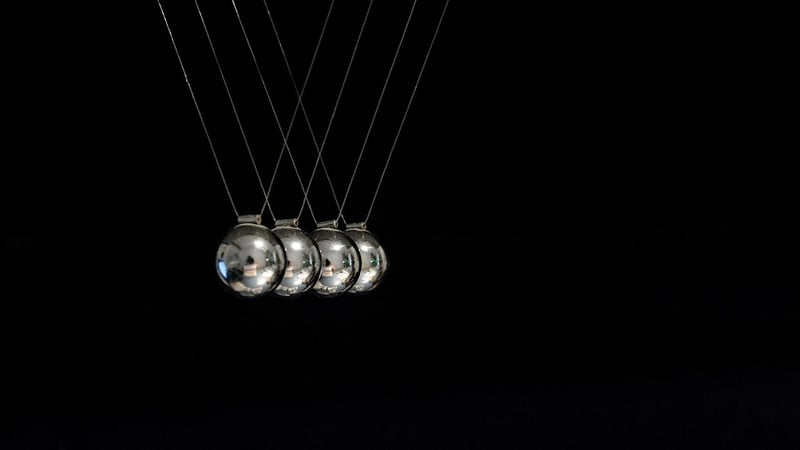Temporal Physics
Mechanisms and Theories in Temporal Physics
Temporal physics, also known as the study of time, is a fascinating field that delves into the nature of time and its impacts on the universe. In this article, we will explore some of the key mechanisms and theories that underpin temporal physics.
The Arrow of Time
One of the fundamental concepts in temporal physics is the arrow of time. This idea suggests that time has a direction, moving from the past to the future. The arrow of time is closely linked to the second law of thermodynamics, which states that entropy, or disorder, tends to increase over time.
Time Dilation
Time dilation is a phenomenon predicted by Einstein's theory of relativity. It states that time can appear to pass at different rates for observers in different frames of reference. This effect becomes more pronounced as objects approach the speed of light.
Wormholes and Time Travel
Wormholes are theoretical passages through spacetime that could potentially allow for time travel. While wormholes have not been observed in reality, they are a popular subject in science fiction and theoretical physics.
Quantum Time
Quantum mechanics introduces the concept of quantum time, where time is treated as a discrete and quantized variable. Quantum time is still an area of active research and has implications for understanding the behavior of particles at the smallest scales.
Conclusion
Temporal physics is a rich and complex field that explores the nature of time in our universe. By studying mechanisms such as the arrow of time, time dilation, wormholes, and quantum time, researchers continue to deepen our understanding of this fundamental aspect of reality.

For more information on temporal physics, you can visit Symmetry Magazine - The Arrow of Time.
